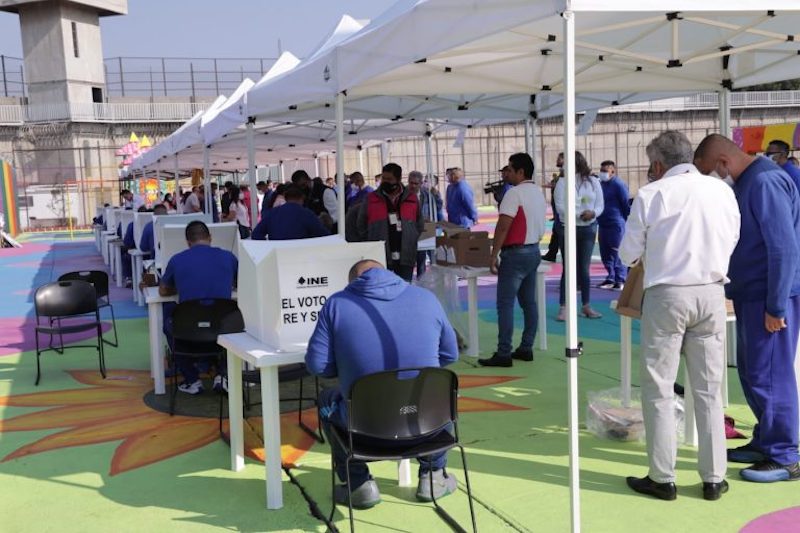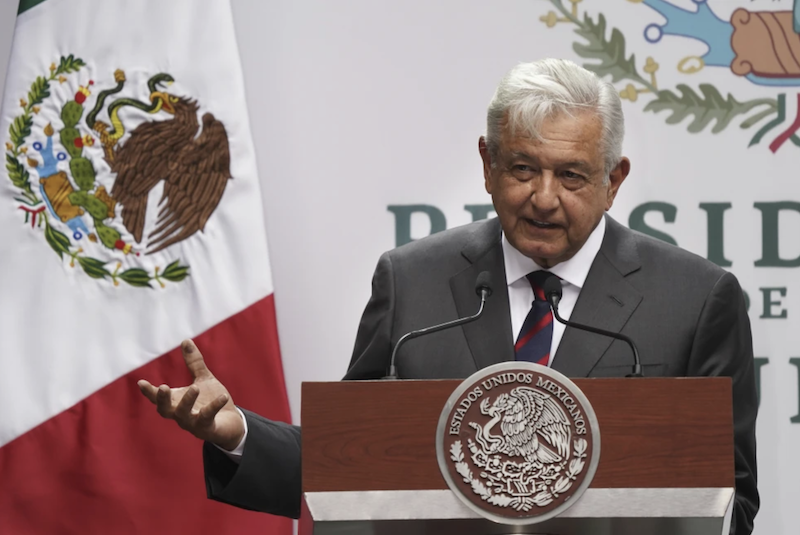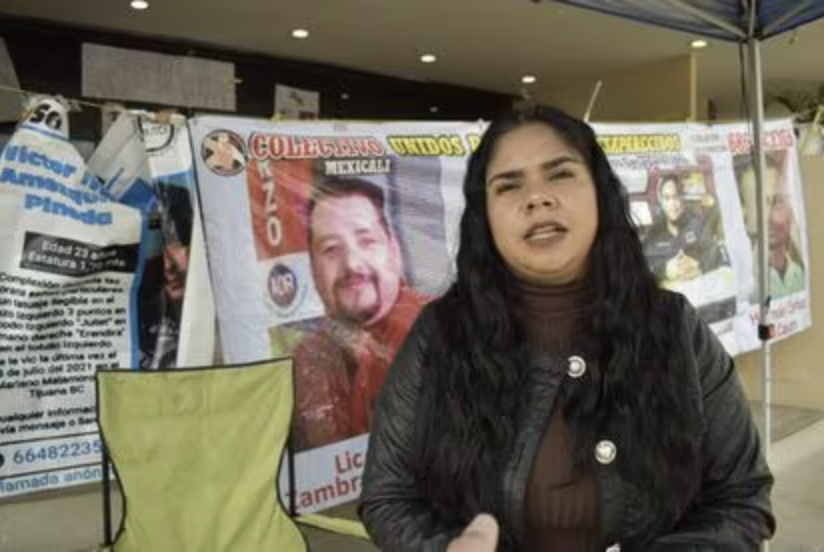
08/24/12–Marines in Veracruz, Veracruz captured several members of the Jalisco Nueva Generación group (JNG)–a drug-trafficking organization that is closely aligned to the Sinaloa Cartel–during an operation in the coastal city on August 10. According to the State Attorney General of Veracruz (Procuraduría General de Justicia del Estado, PGJE), Felipe Amadeo Flores Espinoza, several of the men captured provided confessions and information that accounted for five media-related homicides that occurred in Veracruz earlier this year during a string of attacks. (Read more about the acts of violence against media this year by clicking here). Flores declared that he was seeking to hand off the investigation to the Federal Attorney General’s Office (Procuradía General de la República, PGR) because the matter involved top-tier criminal organizations.
Among the confessions offered to authorities was that of Juan Carlos Hernández Pulido, alias “La Bertha,” a leader of JNG’s presence in the city of Veracruz. According to Flores Espinoza, as reported by multiple news outlets, Hernández described that his group had targeted “various journalists” because they were known to have been the “causes” of the assassinations of other journalists, which were reportedly executed by members of the Zetas. The Los Angeles Times elaborated, noting that the “speculation is that the slain journalists may have been perceived as accomplices of a rival drug gang that killed other reporters. The group of journalists and media staffers Flores Espinoza implicated included: Ana Irasema Becerra, publicist for El Dictamen; Guillermo Luna, photojournalist for Veracruz News and La Voz del Sureste; Gabriel Huge, photographer for Notiver; Esteban Rodríguez, photographer for AZ; and Víctor Manuel Báez Chino, editor for Milenio Veracruz. (Read more about the first four victims’ killings here, and about Báez Chino’s death here).
The veracity of this confession has been called into question by several organizations including the New York-based Committee to Protect Journalists (CPJ). As reported by Grupo Fórmula, Carlos Lauría, Senior Program Coordinator for the Americas at the CPJ, expressed grave concern “over the lack of credible details offered by the authorities in Veracruz to justify their claim that these assassinations have been resolved.” He went on to highlight that “the suspects did not offer more details, such as the identity of the victims or the dates of the assassinations, and the federal authorities have indicated to CPJ that according to written accounts of the interrogations, the [state] investigators failed to ask for more information.” In regard to the slain reporters’ ties to the Zetas implied by the state attorney general, Lauría expressed that he is troubled by the fact that the “state authorities are staining the reputations of the victims without offering any evidence to support their assertions.”
Artículo 19, an advocacy organization that defends freedom of speech and press in Latin America, has rejected the official account issued by Veracruz authorities. “This method of trying to close a case is nothing new. They are merely the words of an attorney general that has come to a conclusion based on one declaration by one detained suspect. There is no true investigation to speak of, there is no judge, there is not a single element to sustain his conclusion,” described an Artículo 19 spokesperson to Voz de America.
On August 17, amid the backlash against the criminal implication of the slain journalists, Vanguardia reported that Enrique Ampudia Melo, undersecretary of the government of Veracruz, officially stated that his institution “does not seek to criminalize the journalists that were murdered at the hands of the Jalisco Nueva Generación Cartel assassins.”
Veracruz is considered an important corridor for transporting U.S.-bound drugs, a zone which the Zetas, the Gulf Cartel, Jalisco Nueva Generación, and La Familia Michoacana all compete for. Nine journalists have been killed in Veracruz this year alone and over 70 across the country have been murdered or have disappeared since the Calderón administration launched its anti-cartel offensive.
Sources:
“Drug Cartel Suspect Linked to Journalist Murders.” Fox News Latino. August 13, 2012.
Redacción. “México: ligan periodistas asesinados con narcotráfico.” Voz de América. August 16, 2012.




